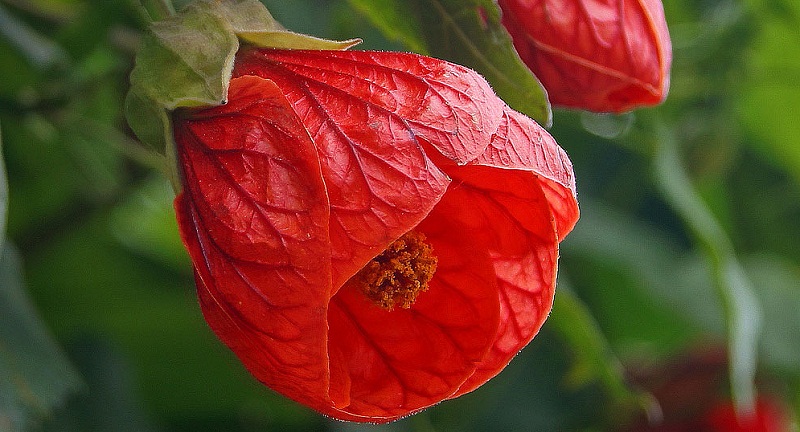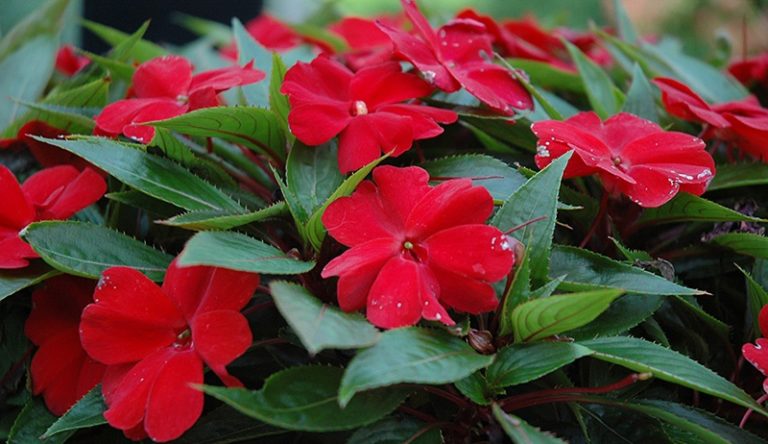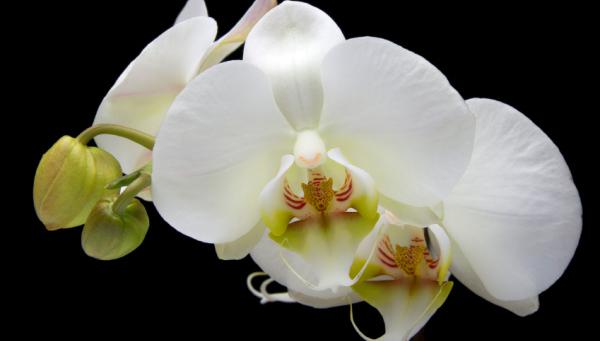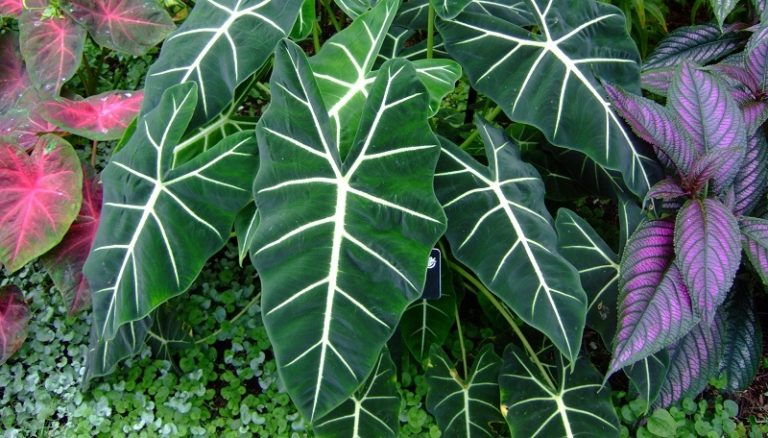Abutilon (indoor maple): care
Indoor maple (Abutilon) is one of the few plants that blooms often and profusely with beautiful bell-shaped flowers, with proper care it can bloom all year round.
Abutilon (Abutilon) is an evergreen bushy plant with green maple-like leaves, bell-shaped flowers of different colors (pink, red, yellow, white and, most popularly, orange), depending on the species, this plant belongs to the mallow family. In its natural environment, abutilon is found in the tropics and subtropics of Australia and Asia.
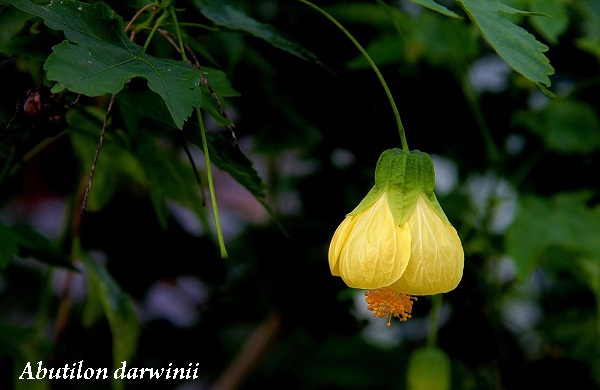
Types of abutilon:
Although the genus Abutilon includes more than 150 plants, only a few species are used for ornamental floriculture.
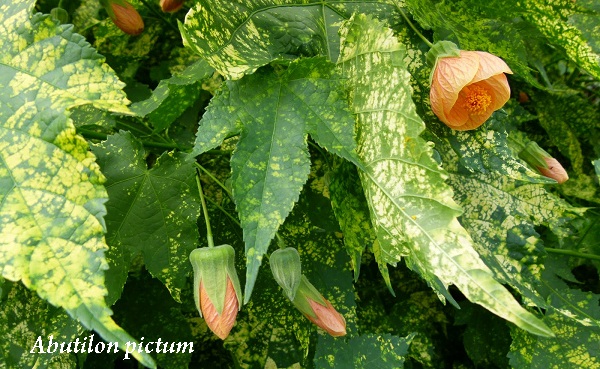
How to care for indoor maple
Light brightness for indoor maple
Abutilon is a light-loving plant that can tolerate direct sunlight (several hours) throughout the day. The best place to grow indoor maple will be South.W. and South East. window sill of your home. But in the summer lunch hours, abutilon is best shaded to avoid sunburn.
Watch the video about indoor violet. Violet flowers are multi-colored, simple, double, wavy with a diameter of 2 to 4 cm.
Air temperature for abutilon
There is no need to create a special temperature for abutilon, the plant needs a standard room temperature (+18 -+20 ° C). In winter, the air temperature should not be lower than +10 ° C.
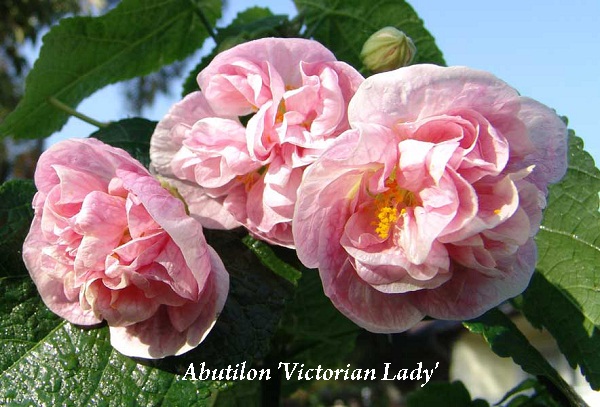
Watering and air humidity for abutilon
In the spring-autumn period, abutilon should be watered abundantly so that the earthen clod is slightly moist all the time. In winter, watering should be reduced if the air temperature is +10 ° C. Air humidity for indoor maple should be average, spray the maple once a day.
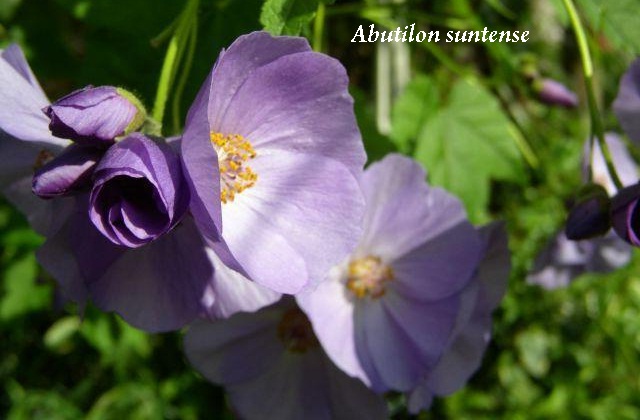
Transplanting and soil for indoor maple
Abutilon grows quickly, so it needs to be transplanted into nutritious soil and a larger pot every year. The abutilon pot should not be too large, because abundant abutilon blooms can only occur when the roots braid the entire earthen clod. The soil is suitable for flowering plants.
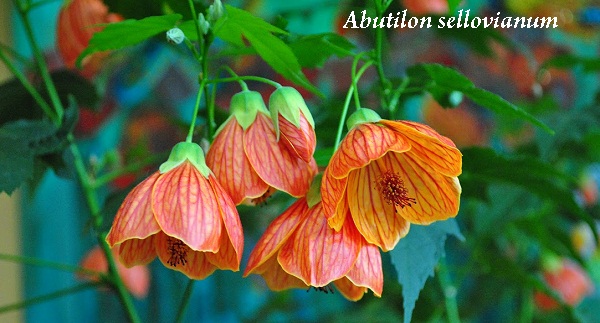
Pruning abutilon
At the beginning of summer, abutilon is heavily pruned – about half shortening the shoots and trunk. If pruning is not done, then in one season abutilon can grow up to 1.5 meters in height. After pruning, abutilon needs to be watered abundantly and start feeding.
Fertilizer for abutilon
It is necessary to feed abutilon during the period of budding and active growth of new shoots. Use a complex mineral fertilizer for flowering plants (1 time in 10 days).
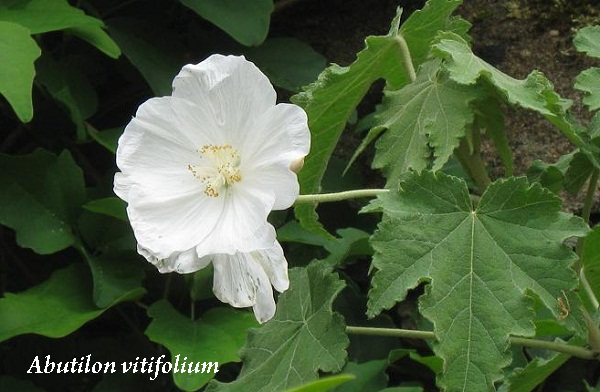
Reproduction of abutilon
Abutilon is propagated by seeds and cuttings.
Pests and diseases
Abutilon can be attacked by whiteflies, aphids and scale insects.

